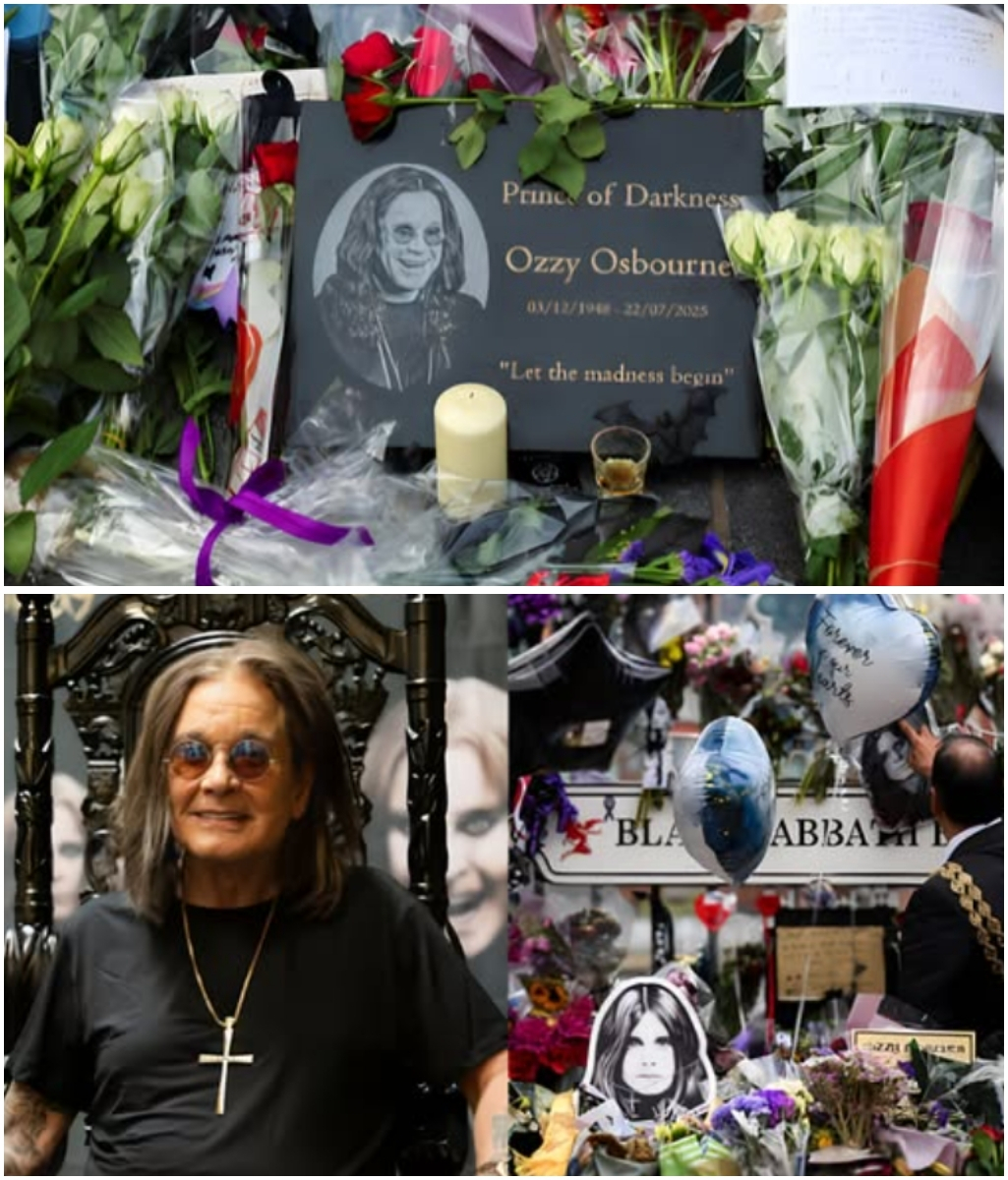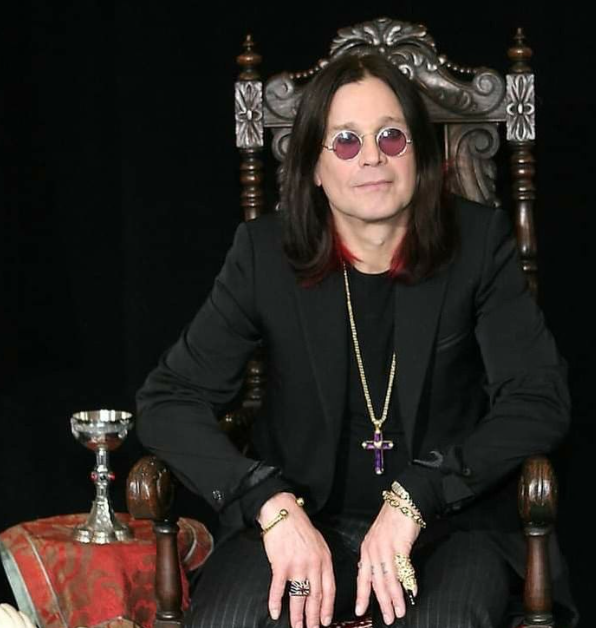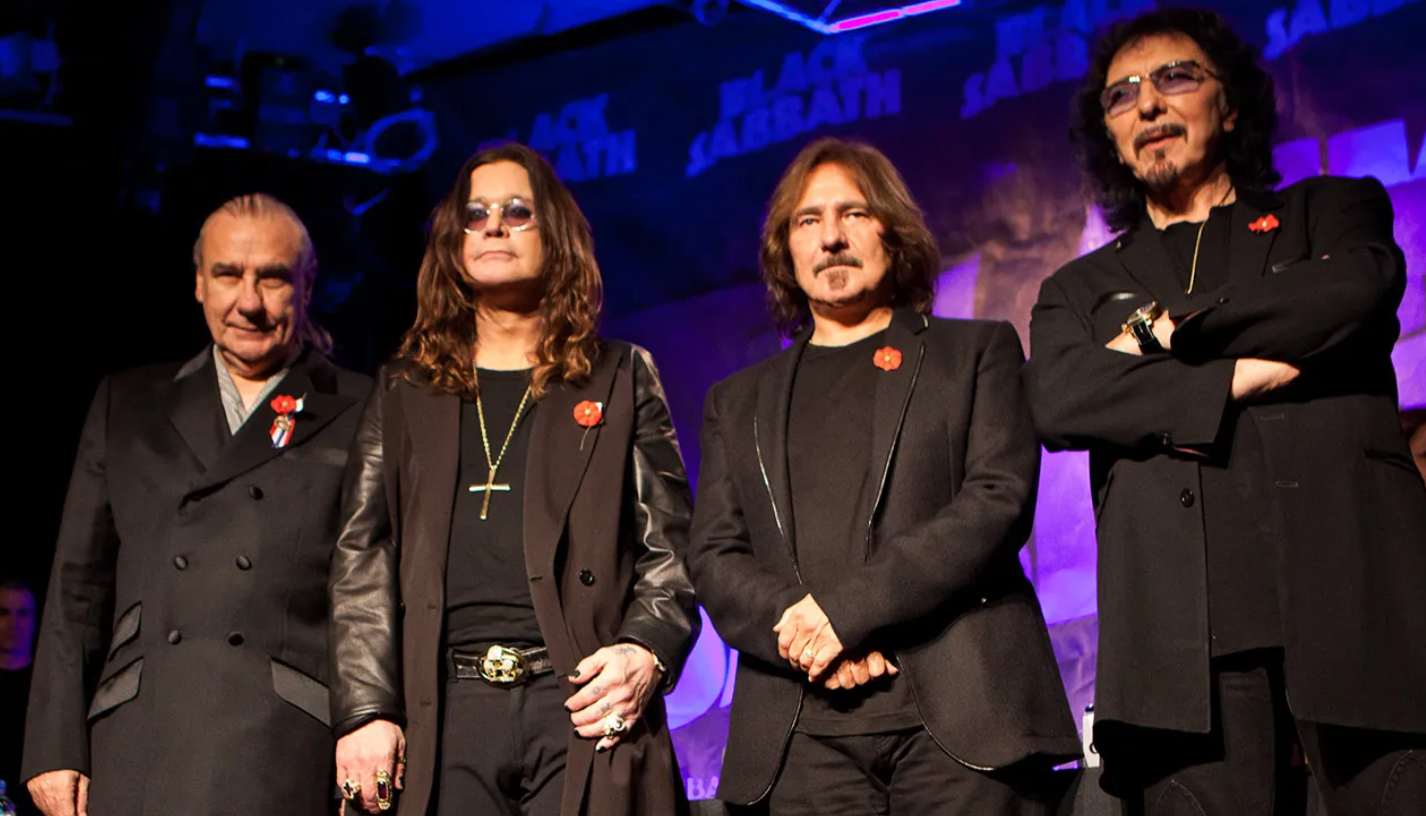
The story of Ozzy Osbourne is as unlikely as it is unforgettable — a journey from the gritty streets of Birmingham to the heights of global stardom, where he was crowned the “Prince of Darkness.” But the path that carried him from a working-class childhood to heavy metal icon was not simple. It was marked by struggle, chaos, reinvention, and, ultimately, survival.

Born in 1948 into a modest family, young John Michael “Ozzy” Osbourne grew up in a small house with little money and few prospects. His father worked night shifts at a factory, his mother took on long hours to help support the family, and Ozzy himself battled dyslexia and early school struggles. What he found, however, was music. The raw energy of rock ’n’ roll spoke to him, and by the late 1960s, he had joined forces with guitarist Tony Iommi, bassist Geezer Butler, and drummer Bill Ward to form a band unlike any other: Black Sabbath.

What happened next would change music history. With their heavy riffs and darker themes, Sabbath became the architects of heavy metal. Ozzy’s voice, eerie yet powerful, cut through the noise like a blade. Songs like “Paranoid” and “Iron Man” were not just hits — they were blueprints for a genre that would outlive them all.
But as fame grew, so did the turmoil. By the late 1970s, Ozzy was dismissed from Black Sabbath, undone by excess and instability. For many, it looked like the end. Instead, it was the beginning of a second act no one could have predicted. His solo career exploded with the release of “Blizzard of Ozz” in 1980, featuring tracks like “Crazy Train,” which remain anthems to this day. Reinvention had become his survival skill.
Yet the transformation from working-class kid to Prince of Darkness came at a cost. His public image — biting the head off a bat, wild antics on stage, the chaos that followed him at every turn — often overshadowed the man himself. Behind the theatrics was someone fragile, often battling demons that went far deeper than his stage persona suggested. The MTV reality show “The Osbournes” would later peel back the curtain even further, showing him not as a mythic figure, but as a father, husband, and survivor.
Health struggles eventually forced Ozzy to slow down. Parkinson’s disease, spinal surgeries, and years of physical wear became impossible to ignore. And yet, even in these final chapters, he never let go of the music. In recent years, he spoke openly of his vulnerabilities and recorded songs that reflected not only his survival but also his gratitude. When he sang “Dreamer,” it felt less like a performance and more like a confession — a glimpse of the man behind the myth, reflecting on the life he had lived.
So what happened in the process? A boy who might have vanished into the factories of Birmingham instead became a pioneer of heavy metal. A man who stumbled and fell countless times learned to rise again. A public figure who embraced the chaos ultimately revealed the tenderness beneath the mask.
Ozzy Osbourne’s journey from working-class beginnings to Prince of Darkness is not just a story of fame and notoriety. It is a story of resilience, of transformation, and of a legacy that, for all its shadows, continues to shine brightly across the world of music.